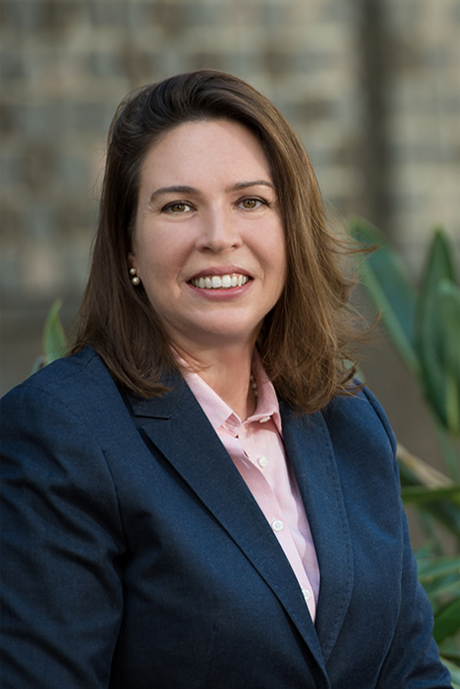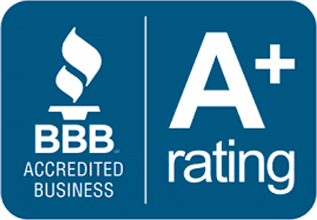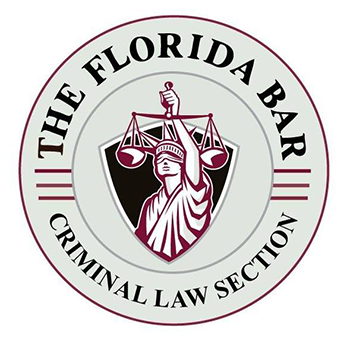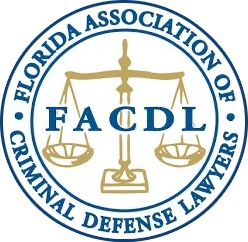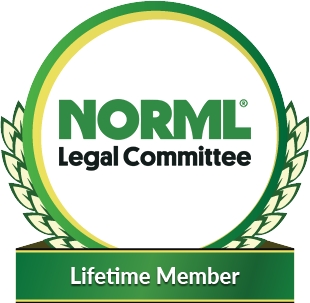Concealment Money Laundering
When property are involved in a conspiracy to commit concealment money laundering, the crime might be charges under 18 U.S.C. § 1956(a)(1)(B)(i) and (h) and cover property otherwise traceable to that property.
To meet its burden, the United States has to show that conspirators conducted financial transactions knowing they were “designed in whole or in part” to, in relevant part, “conceal or disguise the nature, the location, the source, the ownership, or the control of the proceeds of specified unlawful activity.” 18 U.S.C. § 1956(a)(1)(B)(i).
The United States must also show that they knew that the property involved in those transactions “represent[ed] the proceeds of some form of unlawful activity.” 18 U.S.C. § 1956(a)(1).
Financial transactions include those that “in any way or degree affect[] interstate or foreign commerce . . . involving the movement of funds by wire or other means” (which include virtual currency) or that involve “the use of a financial institution which is engaged in, or the activities of which affect, interstate or foreign commerce in any way or degree.” Id. § 1956(c)(4).
Financial institutions include, among other things, foreign or domestic banks and currency exchanges. 18 U.S.C. § 1956(c)(6); 31 U.S.C. § 5312(a)(2).
Attorneys for Concealment Money Laundering in Tampa, FL
Contact an attorney at Sammis Law Firm if you were accused of concealment money laundering or being involved in a conspiracy to commit concealment money laundering.
We help clients fight such accusations in federal court and protect clients charged with concealment money laundering.
Call 813-250-0500.
Concealment Money Laundering in Cryptocurrency Cases
Federal prosecutors file money laundering charges when conspirators use money laundering techniques involving cryptocurrency. Those money laundering techniques unique to cryptocurrency might include:
- chain hopping;
- Bitcoin conversions;
- submitted false KYC information;
- funneling of illegal funds through various fictitious business accounts; and
- seeking out OTC traders known to not file the required reports with the Department of the Treasury’s Financial Crimes Enforcement Network or collect the legally required KYC information about clients and the source of currency being converted.
Such techniques might be used to obscure the trail of funds. The courts have recognize that such techniques might be used with an are used with an intent to conceal the illicit nature of the funds.
This article was last updated on Friday, October 5, 2025.

